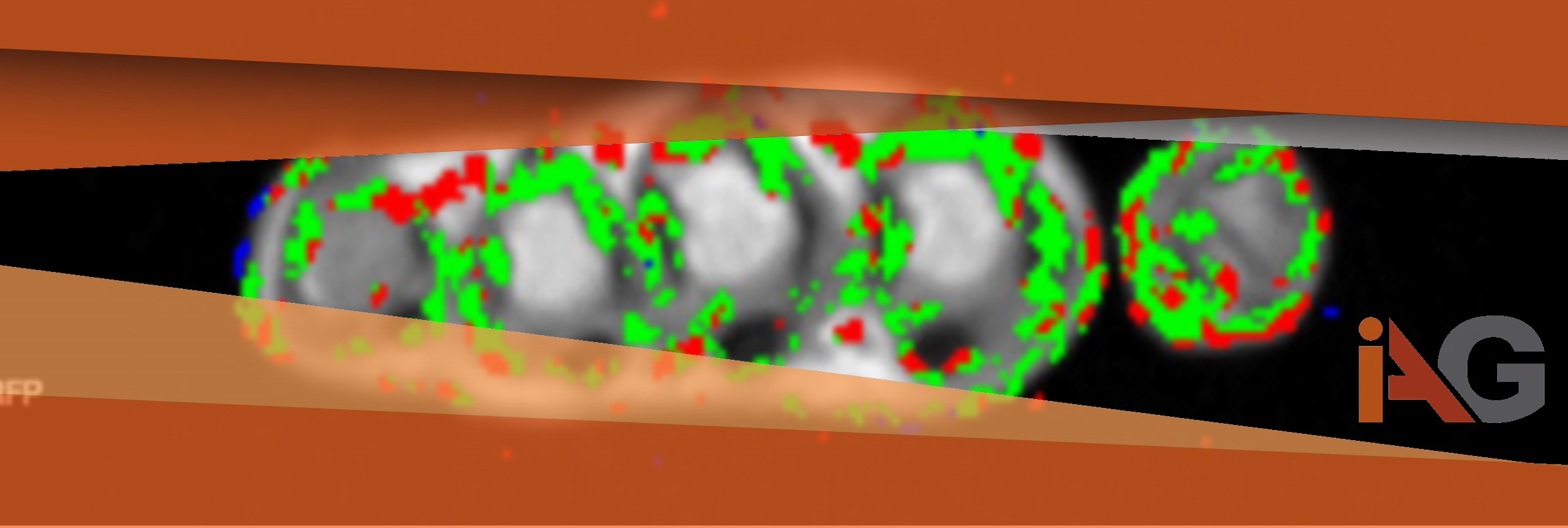

Imaging assessment of children presenting with suspected or known juvenile idiopathic arthritis: ESSR-ESPR points to consider
Juvenile idiopathic arthritis (JIA) is the most common paediatric rheumatic disease.
It represents a group of heterogenous inflammatory disorders with unknown origin and is a diagnosis of exclusion in which imaging plays an important role.
The clinical goal is early suppression of inflammation to prevent irreversible joint damage which has shifted the emphasis from detecting established joint damage to proactively detecting inflammatory change. This drives the need for imaging techniques that are more sensitive than conventional radiography in the evaluation of inflammatory processes as well as early osteochondral change.
Physical examination has limited reliability, even if performed by an experienced clinician, emphasising the importance of imaging to aid in clinical decision-making.
This work discusses paediatric-specific imaging characteristics of the most commonly involved, in literature best documented and clinically important joints in JIA, namely the temporomandibular joints (TMJs), spine, sacroiliac (SI) joints, wrists, hips and knees, followed by a clinically applicable point to consider for each joint. Furthermore, it also touches upon controversies in the current literature that remain to be resolved with ongoing research.
KEY POINTS:
• Juvenile idiopathic arthritis (JIA) is the most common chronic paediatric rheumatic disease and, in JIA imaging, is increasingly important to aid in clinical decision-making.
• Conventional radiographs have a lower sensitivity and specificity for detection of disease activity and early destructive change, as compared to MRI or ultrasound. Nonetheless, radiography remains important, particularly in narrowing the differential diagnosis and evaluating growth disturbances.
• Mainly in peripheral joints, ultrasound can be helpful for assessment of inflammation and guiding joint injections. In JIA, MRI is the most validated technique. MRI should be considered as the modality of choice to assess the axial skeleton or where the clinical presentation overlaps with JIA.
Title: Imaging assessment of children presenting with suspected or known juvenile idiopathic arthritis: ESSR-ESPR points to consider
Journal: European Radiology volume 30, pages 5237–5249 (2020)
Authors: Robert Hemke, Nele Herregods, Jacob L Jaremko, Gunnar Åström, Derk Avenarius, Fabio Becce, Dennis K Bielecki, Mikael Boesen, Danoob Dalili, Chiara Giraudo, Kay-Geert Hermann, Paul Humphries, Amanda Isaac, Anne Grethe Jurik, Andrea S Klauser, Ola Kvist, Frederiek Laloo, Mario Maas, Adam Mester, Edwin Oei, Amaka C Offiah, Patrick Omoumi, Olympia Papakonstantinou, Athena Plagou, Susan Shelmerdine, Paolo Simoni, Iwona Sudoł-Szopińska, Laura Tanturri de Horatio, James Teh, Lennart Jans, Karen Rosendahl
Access Online: https://link.springer.com/article/10.1007/s00330-020-06807-8
About Image Analysis Group (IAG)
IAG, Image Analysis Group is a unique partner to life sciences companies. IAG leverages expertise in medical imaging and the power of Dynamika™ – our proprietary cloud-based platform, to de-risk clinical development and deliver lifesaving therapies into the hands of patients much sooner. IAG provides early drug efficacy assessments, smart patient recruitment and predictive analysis of advanced treatment manifestations, thus lowering investment risk and accelerating study outcomes. IAG bio-partnering takes a broader view on asset development bringing R&D solutions, operational breadth, radiological expertise via risk-sharing financing and partnering models.
Learn more: wp1.ia-grp.com
Reach out: imaging.experts@ia-grp.com
Follow the Company: Linkedin
